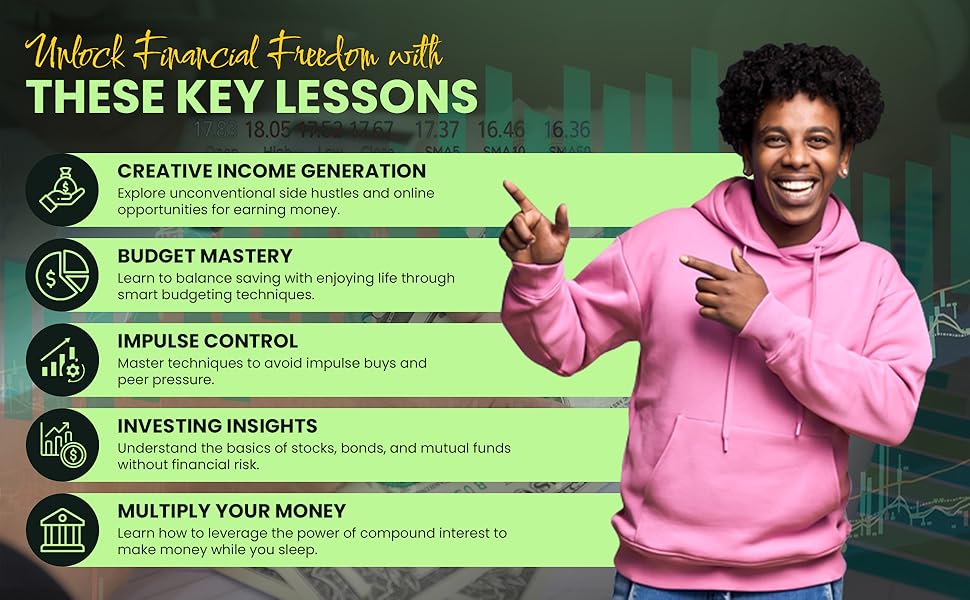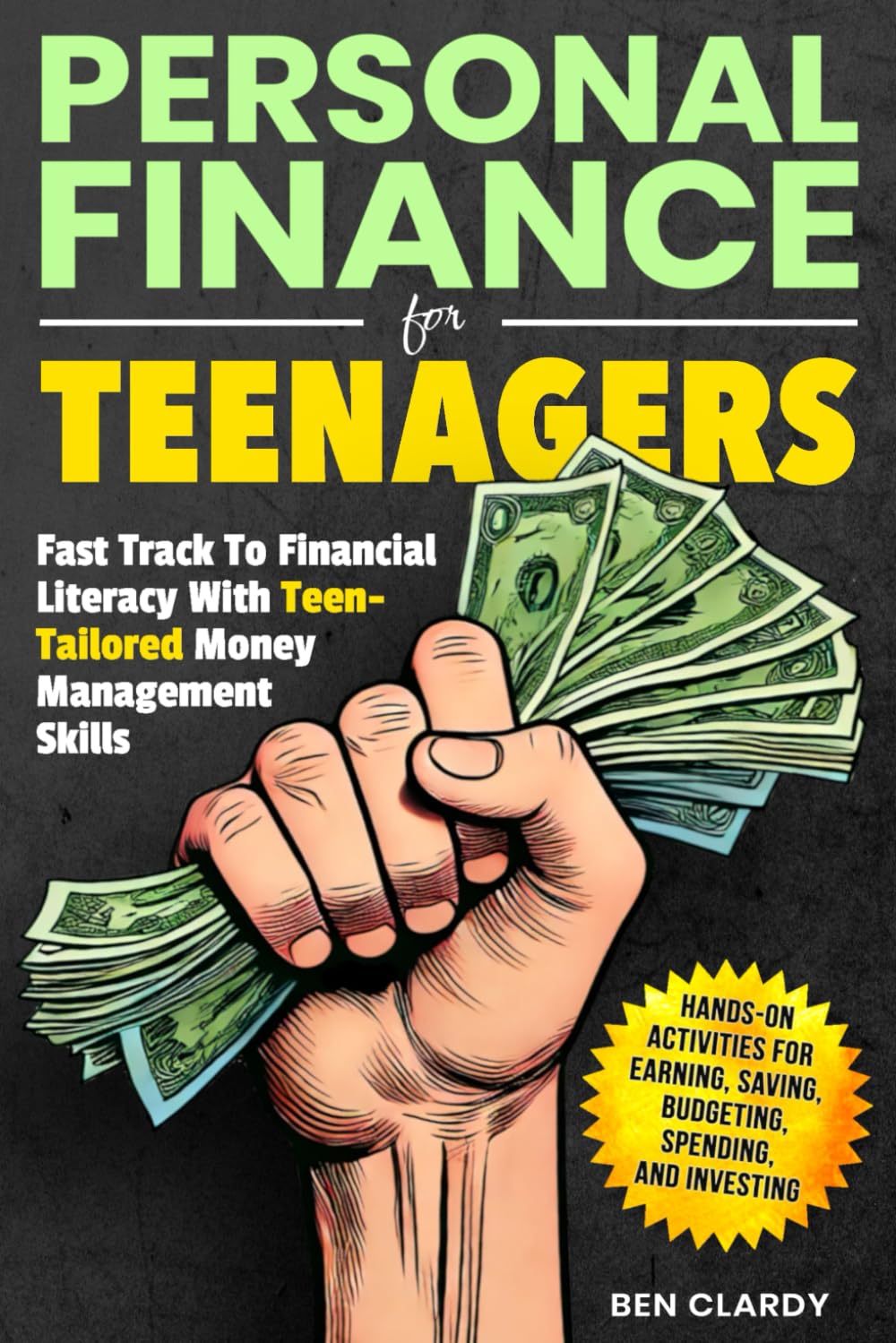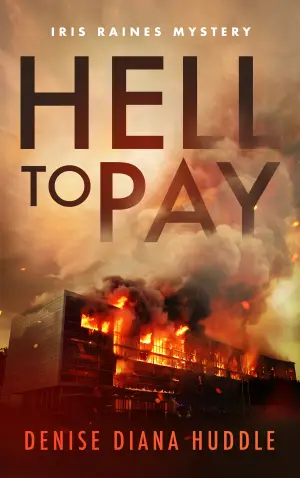Review of Personal Finance for Teenagers by Ben Clardy
As someone who is passionate about the importance of financial literacy, I was instantly drawn to Personal Finance for Teenagers. This book promised to fill the significant gap in financial education that many youths experience today. I genuinely believe that understanding how to manage money is crucial for every teenager, especially as they begin to take on more responsibilities in their daily lives.

From the moment I opened the book, I was impressed by its engaging writing style, designed specifically to resonate with teenagers. Clardy effectively breaks down complex concepts into approachable language, making difficult topics like compound interest and budgeting easier to grasp. The book is structured into clear, well-organized sections, each packed with practical advice, engaging examples, and plenty of interactive exercises that make learning about money not just informative but genuinely fun.
One of the standout features is Clardy’s focus on creative ways to earn money. Whether it’s unconventional side hustles or online opportunities, there’s something to spark interest in every teen. In fact, one reader noted how their child discovered new ways to make money that they hadn’t considered before. This aspect, combined with the risk-free stock market simulations, provides practical learning experiences without any financial loss—what a fantastic way to engage teens!
Clardy also emphasizes the importance of budgeting techniques that allow teens to enjoy their social lives while saving for the future. I found this particularly relatable and useful, as it highlights that saving and spending can coexist. Another positive aspect echoed by many readers is the valuable insight into recognizing and avoiding scams, an essential skill in today’s financial landscape.
However, not everything was perfect. Some readers, like Richard R. Duquette, mentioned that while Clardy touches upon many crucial topics, there could be more depth in some areas. For instance, while the book briefly discusses the history of money, not every teen might find this information relevant. A few readers felt that certain sections lacked practical examples, like the spreadsheets mentioned. Personally, I found the overview format to be efficient, but I understand the desire for deeper dives on specific topics.
Despite these minor critiques, I wholeheartedly agree with the book’s mission: introducing financial literacy to teens effectively. The fact that most teens receive little financial education in school makes this book a crucial resource, one that I believe every parent should consider for their children.
To summarize, Personal Finance for Teenagers serves as both an excellent starting point for young readers and a valuable reference for parents wishing to foster financial awareness in their kids. Through relatable examples and a treasure trove of interactive exercises, Clardy not only informs but also empowers teens to take control of their financial future.
In conclusion, I highly recommend this book to any parent or guardian looking to equip their teenager with essential financial skills. Its interactive and engaging approach promises to instill knowledge that can last a lifetime, easing the money-related stress that many face. If you want to set your teen up for financial success, start with Personal Finance for Teenagers. It’s more than just a book; it’s a guide to a financially informed life.







